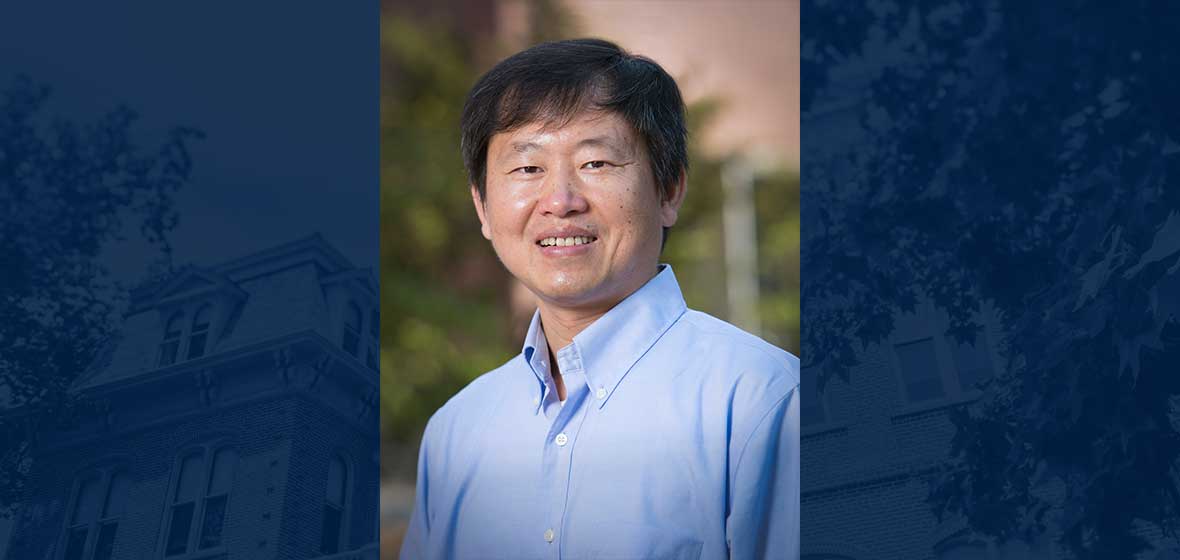Two novel research projects are underway at the University of Nevada, Reno to improve materials used in manufacturing and enhance fuel efficiency for cars and airplanes. Bin Li, assistant professor of materials science and engineering, has received two National Science Foundation grants to support his work in computational materials science.
Li is combining computer simulation and experimental work to better understand advanced high-strength steels and lightweight magnesium alloys that can be used in automotive and aerospace manufacturing. Both projects make use of Li's expertise in computational materials science, a field that relies on powerful computer simulations to integrate materials models across different scales.
{{RelatedPrograms}}
"My research aims to revitalize manufacturing by using computational materials science," Li said. "The use of computation-aided methodologies over experiment-based materials design and processing opens up new avenues for research."
High-strength steel can improve fuel efficiency
One of Li's new grants will focus on advanced high-strength steels, which have applications in industries that demand higher fuel efficiency and lower emissions of greenhouse gases. Using them in the automotive industry allows car manufacturers to reduce the weight of vehicles and achieve improved fuel efficiency without sacrificing safety.
To prevent corrosion, these steels are typically coated with a thin layer of zinc. However, as the strength of the steels is improved by adding more alloying elements, its coatability deteriorates due to complex reactions that occur during coating. Li's grant, which he is leading in collaboration with Mississippi State University and the Missouri Institute of Science and Engineering, will investigate how the zinc coating interacts with the steel. The research aims to develop a better understanding of the reactions through multiscale modeling and experiments and to provide guidelines for the coating process, which will lead to lighter, safer and greener vehicles.
"The ultimate goal for structural materials is to make them both stronger and lighter," Li said. "This research will help us achieve that."
Lightweight magnesium alloys focus of second grant
Another approach to reduce the weight of vehicles is to use lightweight metals such as magnesium alloys, which are very promising for automotive and aerospace industries. While magnesium is significantly lighter than aluminum, one of the technical barriers to adopting it in commercial manufacturing is its low strength and poor ductility at room temperature. Li is looking to take advantage of a dominant deformation mechanism in magnesium, called twinning, to design new magnesium alloys with improved strength and ductility.
Li's research aims to computationally identify alloying elements that can increase the stress-threshold at which twinning is induced in magnesium. According to Li, this new alloy design strategy, which employs computational materials science to develop physics-based guidelines, departs from traditional methods, which have been unsuccessful for magnesium alloys.
Together, the two NSF grants will bring $770,000 to the University, and they will enable Li to introduce students to computer simulations and experimental skills in the area of advanced manufacturing.












